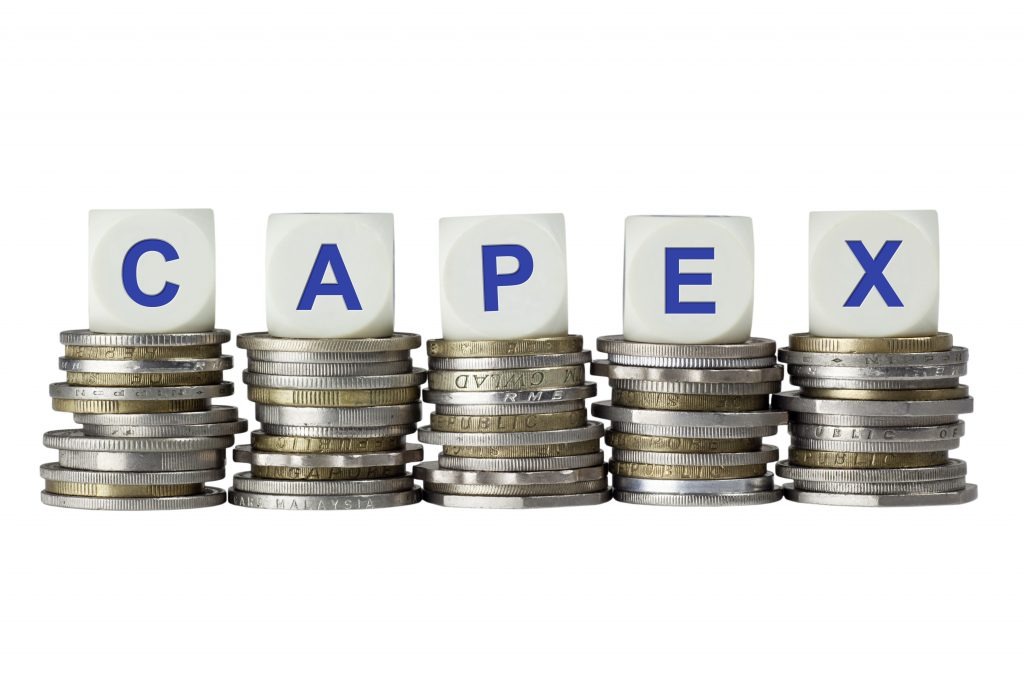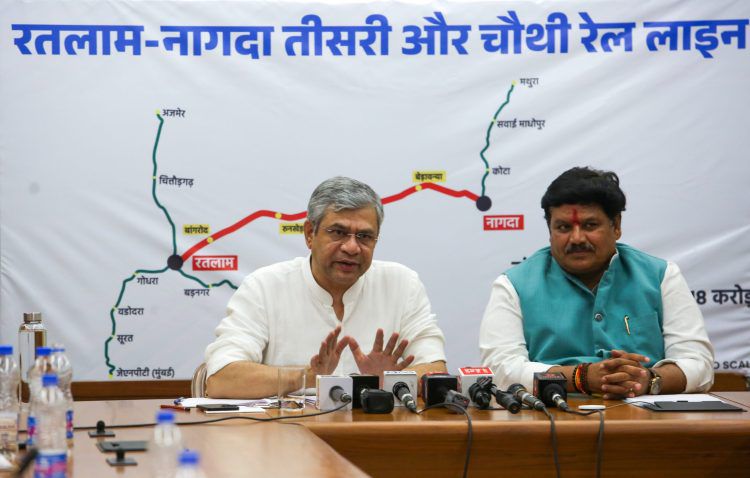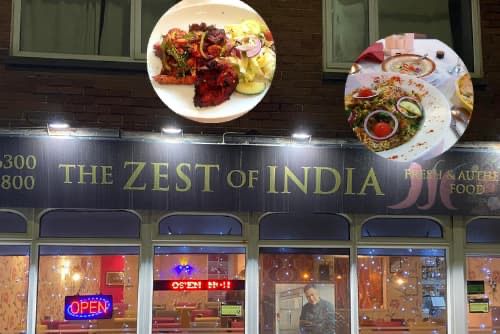 Image Source: Granta Automation
Image Source: Granta Automation
India’s journey toward the ambitious ‘Viksit Bharat’ (Developed India) vision is gathering pace, powered by a strategic push on capital expenditure and a renewed focus on critical rare earth minerals. According to the latest EY Economy Watch report, this dual-pronged approach is set to be a cornerstone of India’s long-term economic resilience and global competitiveness.
Key Highlights
-
India has identified 30 critical minerals—including rare earths—essential for sectors like defence, energy, agriculture, pharmaceuticals, and telecom. These minerals are vital for modern technologies, clean energy, and national security.
-
The government launched the National Critical Mineral Mission (NCMM) in 2025, tasking agencies like the Geological Survey of India and IREL Limited with accelerating exploration, extraction, and processing of rare earth elements. The mission aims to reduce import dependence and build self-reliance in high-tech manufacturing.
-
Increased capital expenditure is seen as a key driver for economic growth, especially as public investment momentum slowed in 2024-25. The EY report urges a balance between supporting consumption and ramping up capex to sustain economic activity.
-
India’s economic growth for 2025-26 is expected to moderate due to global uncertainties, supply chain disruptions, and shifting trade dynamics. However, robust domestic demand, easing inflation, and accommodative monetary policy continue to support the outlook.
To secure rare earth supplies and mitigate global supply chain risks, India is deepening international collaborations, including partnerships with the US, Australia, and Japan, and participating in the Minerals Security Partnership (MSP).
Policy reforms have opened up mining to private investment, streamlined regulatory approvals, and prioritized domestic extraction and processing of critical minerals.
Outlook
Experts believe that building self-reliance in rare earth minerals, coupled with sustained capital investment, will be pivotal for India’s technological advancement, clean energy transition, and economic security. This strategy is expected to propel India closer to its Viksit Bharat aspirations, ensuring it remains one of the world’s fastest-growing major economies.
Sources: Economic Times, EY, ABP Live, NewsX, Devdiscourse
Advertisement
Advertisement





